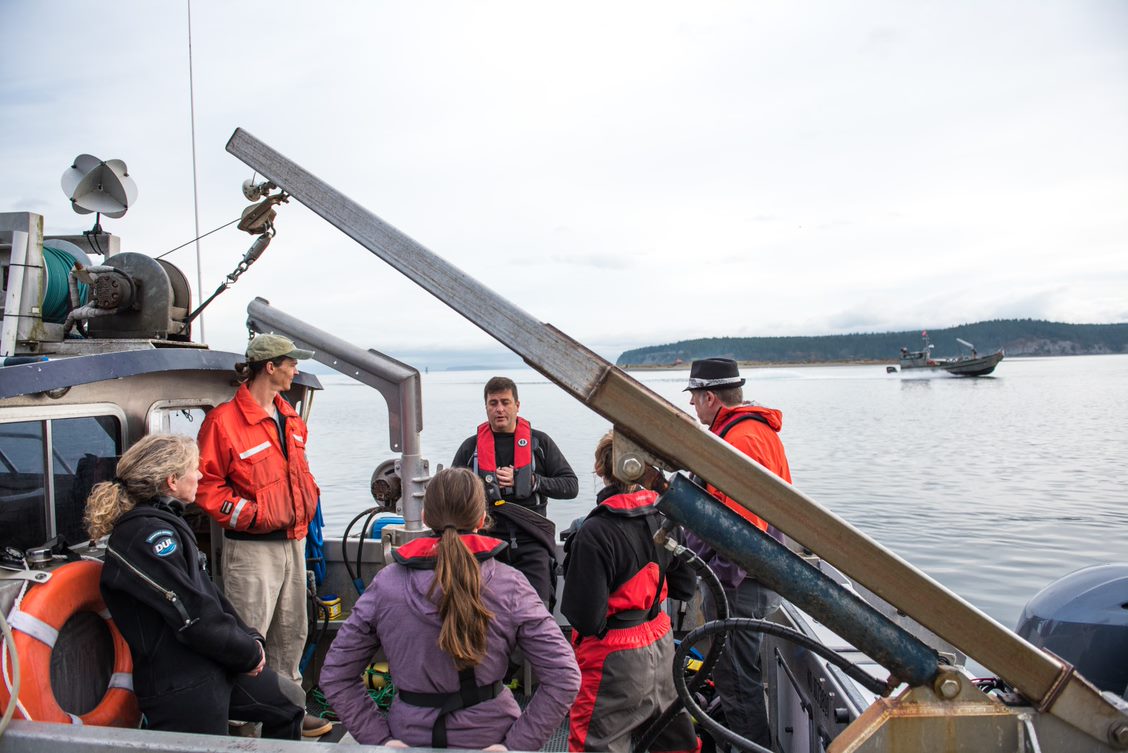Overview of Triton and Collision Risk Stressor Research

The Triton Initiative is the largest hydrokinetic and marine energy research project sponsored by the U.S. Department of Energy (DOE) Water Power Technologies Office (WPTO). Triton researches the potential environmental impacts of these renewable energy systems on marine and riverine environments. The project is led by the Pacific Northwest National Laboratory (PNNL), one of the 17 DOE national laboratories. Triton researches and develops cost-effective methods and technologies used to monitor potential environmental stressors to help reduce barriers to testing these renewable energy systems. The Triton research team performs field tests with commercial off-the-shelf instruments and PNNL engineered technology at diverse sites where energy devices are proposed. The product of this research includes a set of recommendations to aid the permitting process for hydrokinetic system testing and deployment and provide cost-efficient solutions for environmental monitoring. One of the main environmental stressors of concern identified for ocean and river marine energy is animal collision risk.
The collision risk team researches the probability of animals interacting with moving parts of current energy converters (CEC), like turbines. The risks include animals, such as fish, moving too close to a current energy converter, or water currents overpowering an animal, causing them to be swept into a device. While collision events are expected to be rare, and there are no known collision events to date, in order to quantify the extent of this risk, the Triton team uses various technologies and methods to better understand when these interactions may happen and the outcome of a collision event.
Collision risk research requires sensors that provide high-resolution imagery in close range to a turbine, which means the team largely relies on deploying video and acoustic cameras. The Triton collision risk team will conduct several tests at ACEP’s Tanana River Test Site—a high-energy, low-visibility, riverine CEC testing site. In clear-water environments with high visibility, underwater video is an effective method for capturing fish behavior and monitoring for collision risk, but at a site like the Tanana River, low visibility makes this a challenge. When low light or murky waters prevent the use of video cameras, acoustic cameras can be used to send out acoustic signals to “paint” a virtual picture of the sound in a given location.
The Triton collision risk research is led by Garrett Staines. While working in the dynamic river environment at the Tanana River, Staines’ team, in collaboration with Pacific Marine Energy Center researchers with both ACEP and the UAF College of Fisheries and Ocean Sciences, will capture data on fish behavior around an operating turbine and learn more about the potential for renewable energy in Alaska’s wild rivers.


